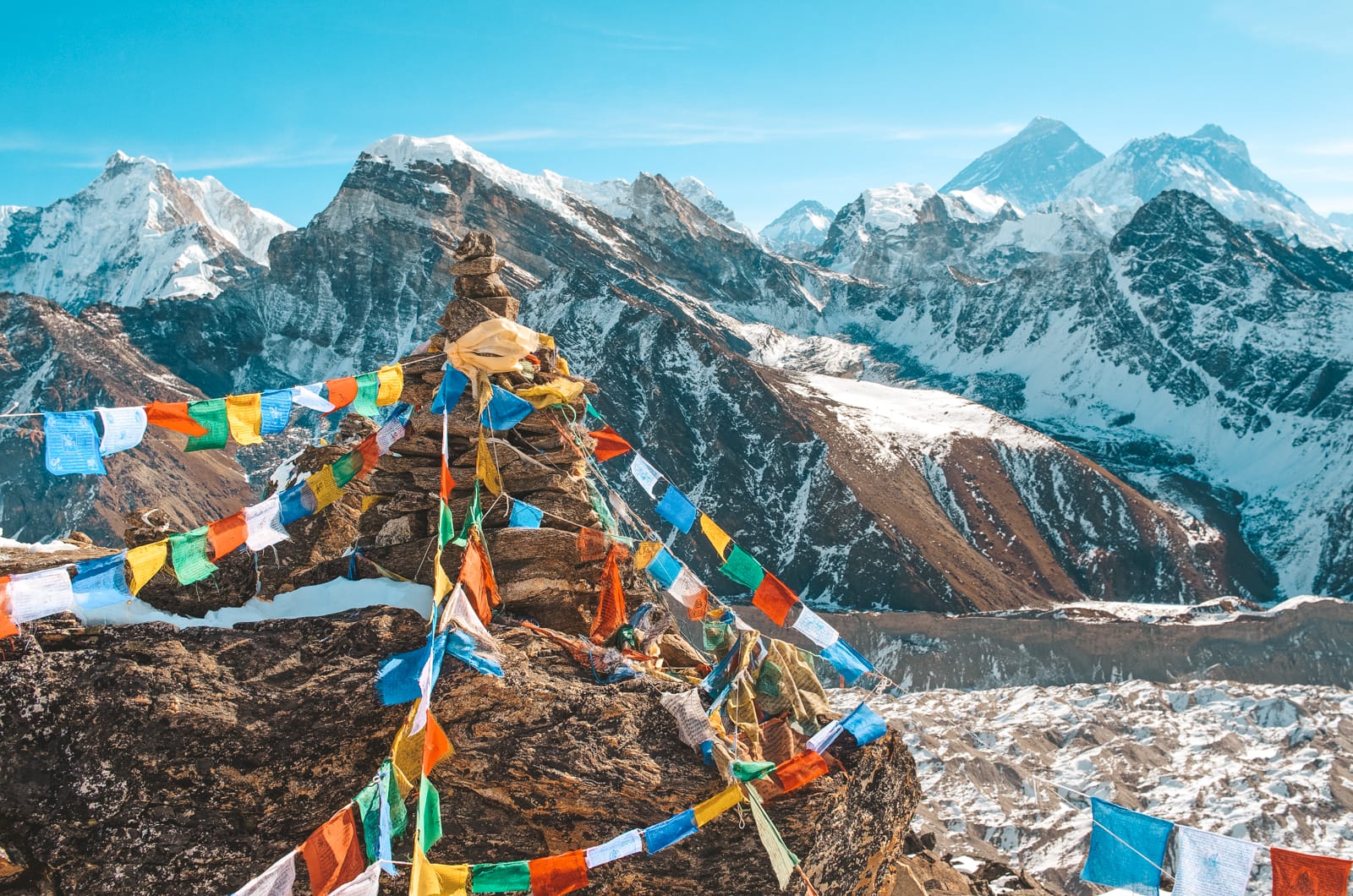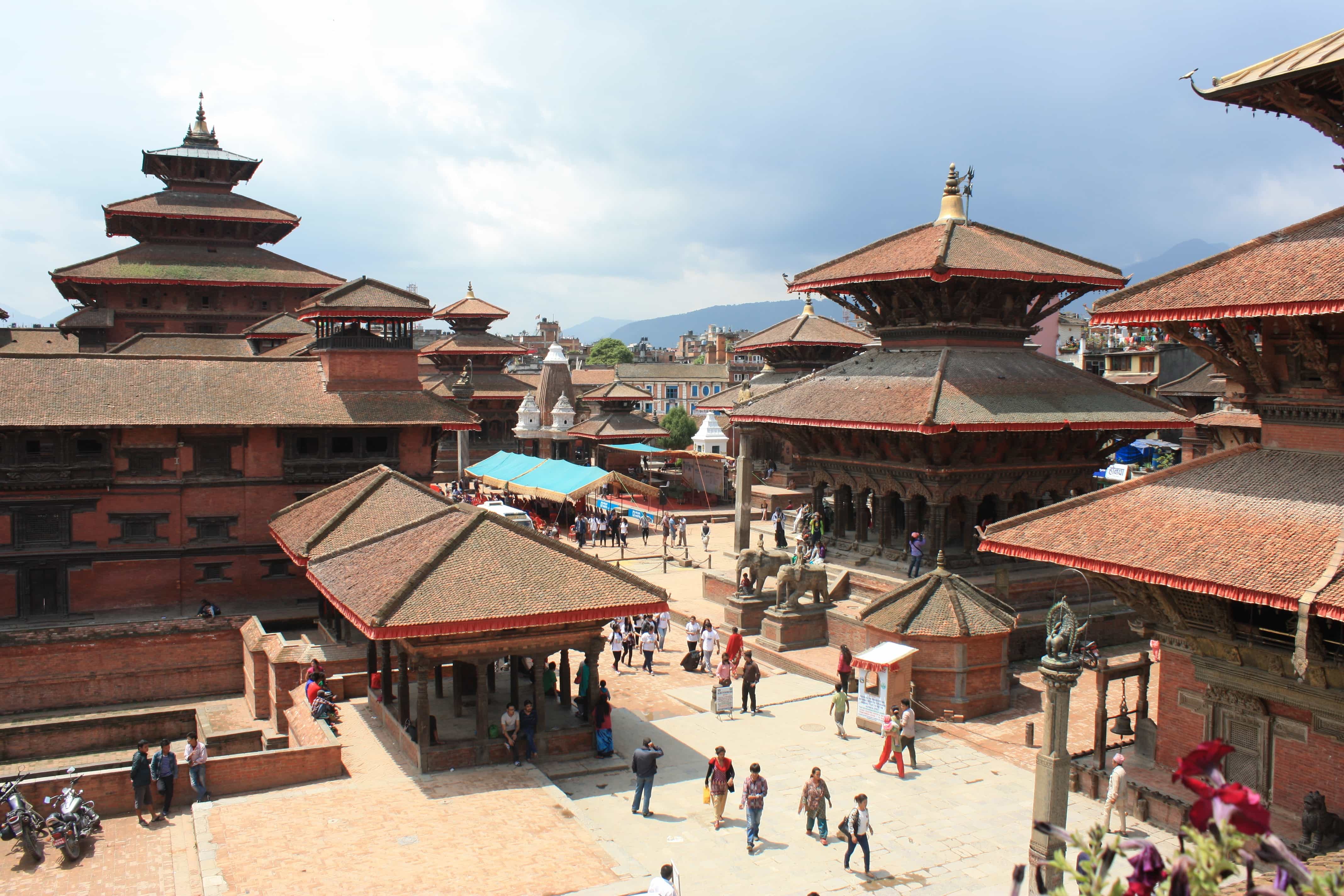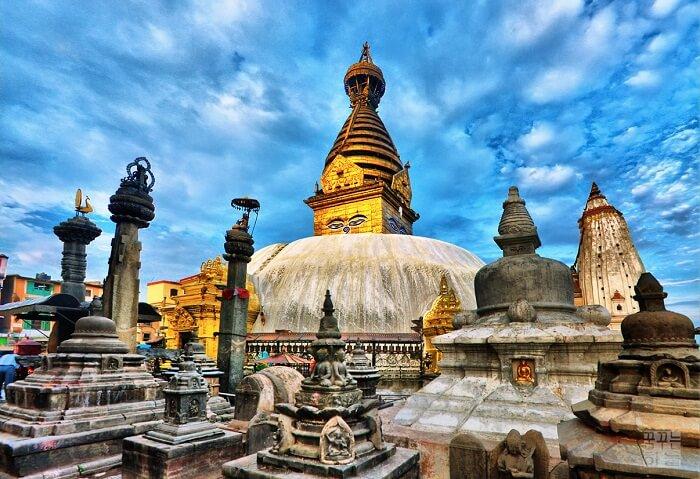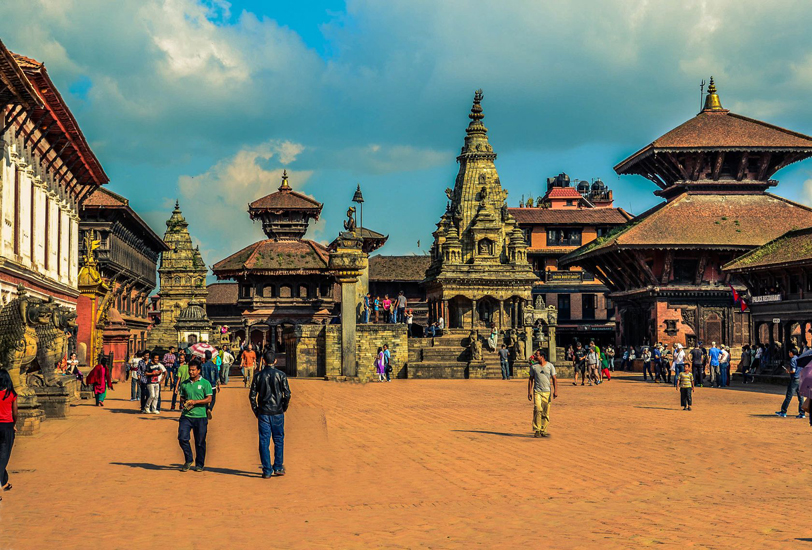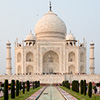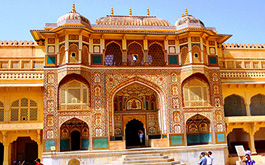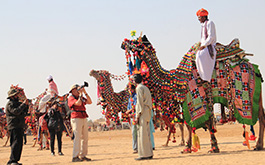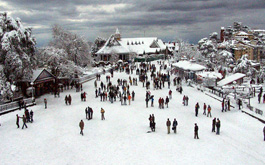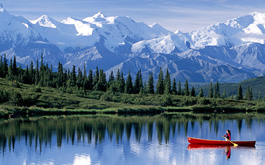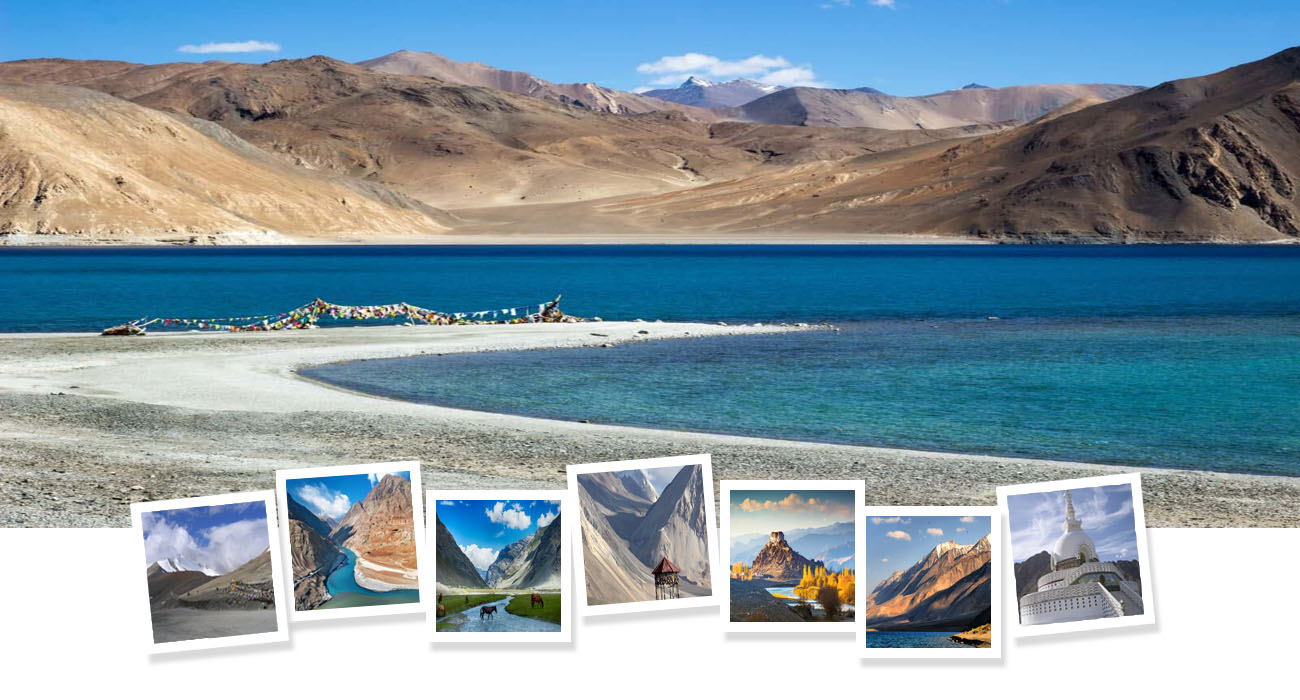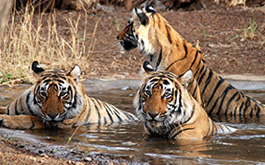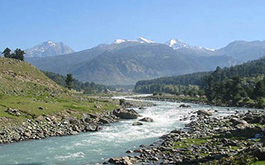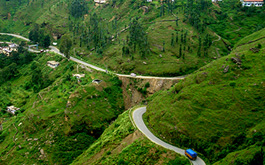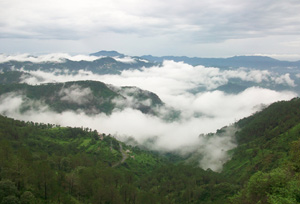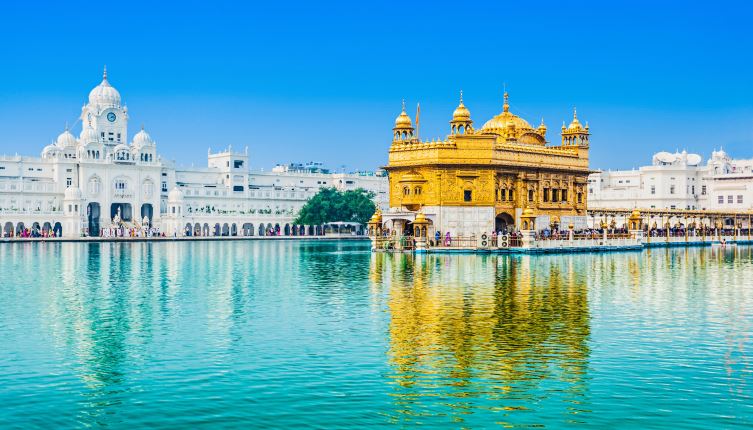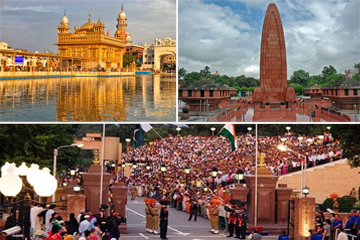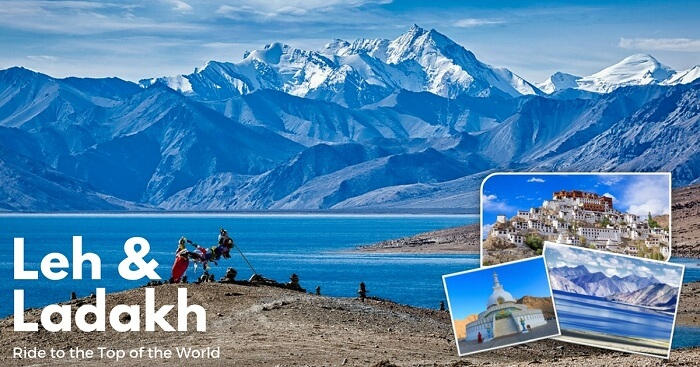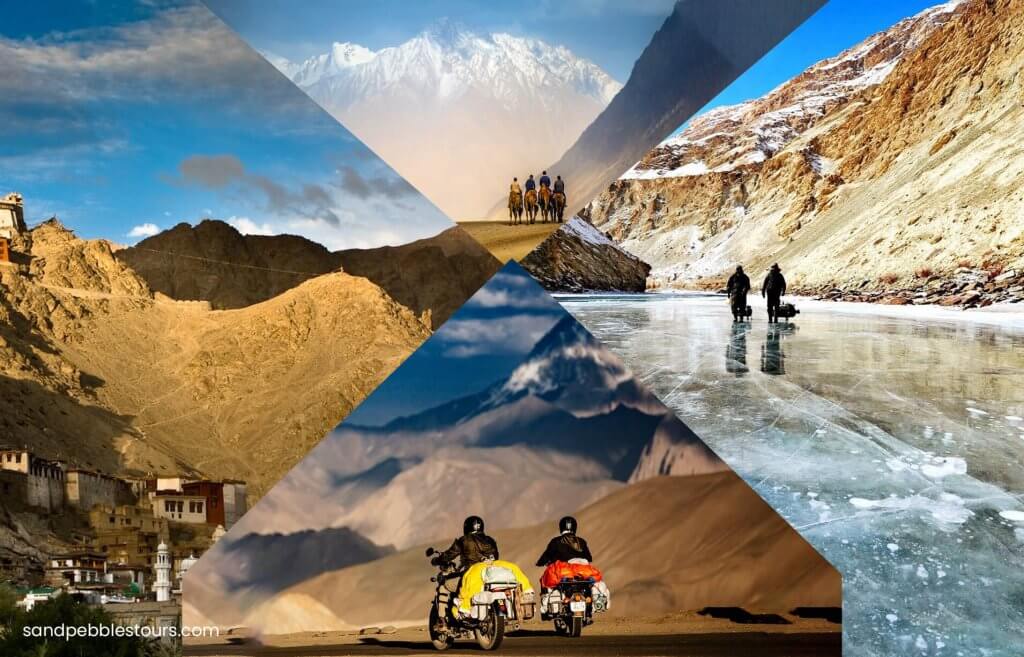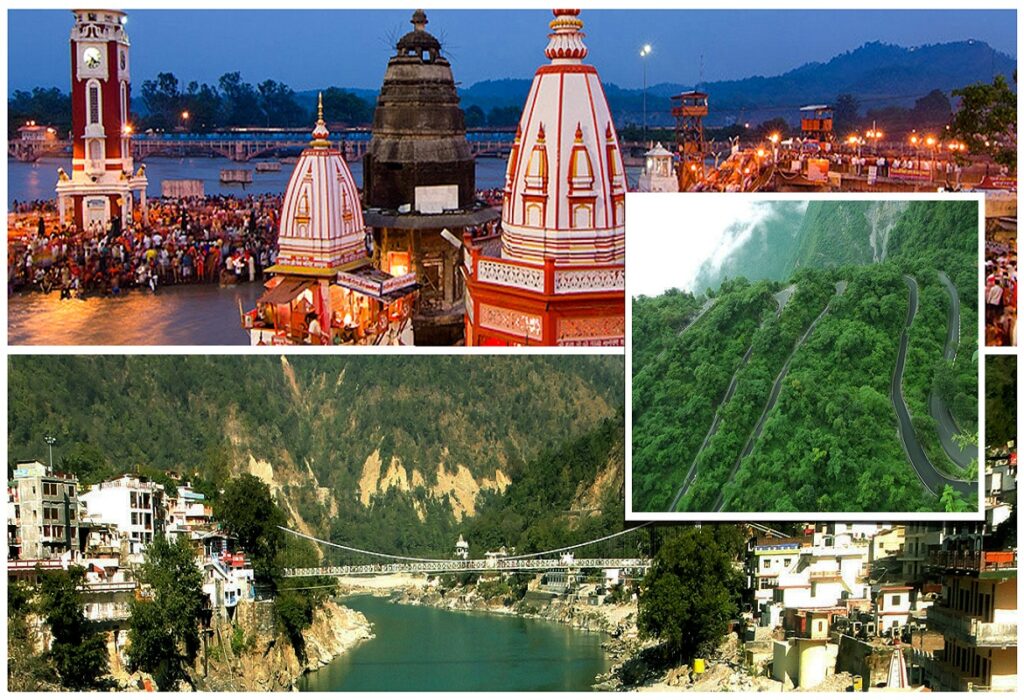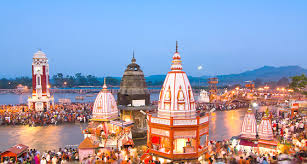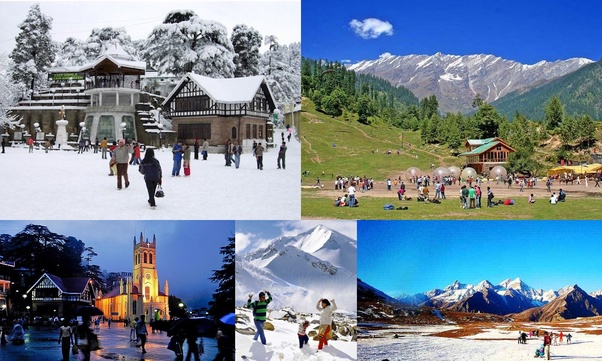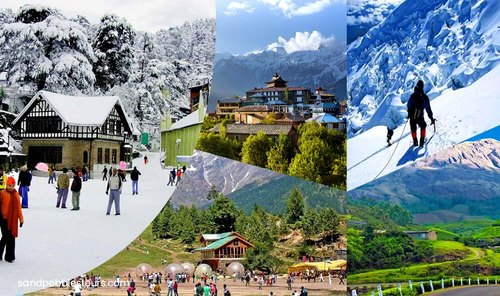Nepal - Beauty With Wildlife
Kathmandu-Chitwan-
5 Nights / 6 Days
Tailor Made
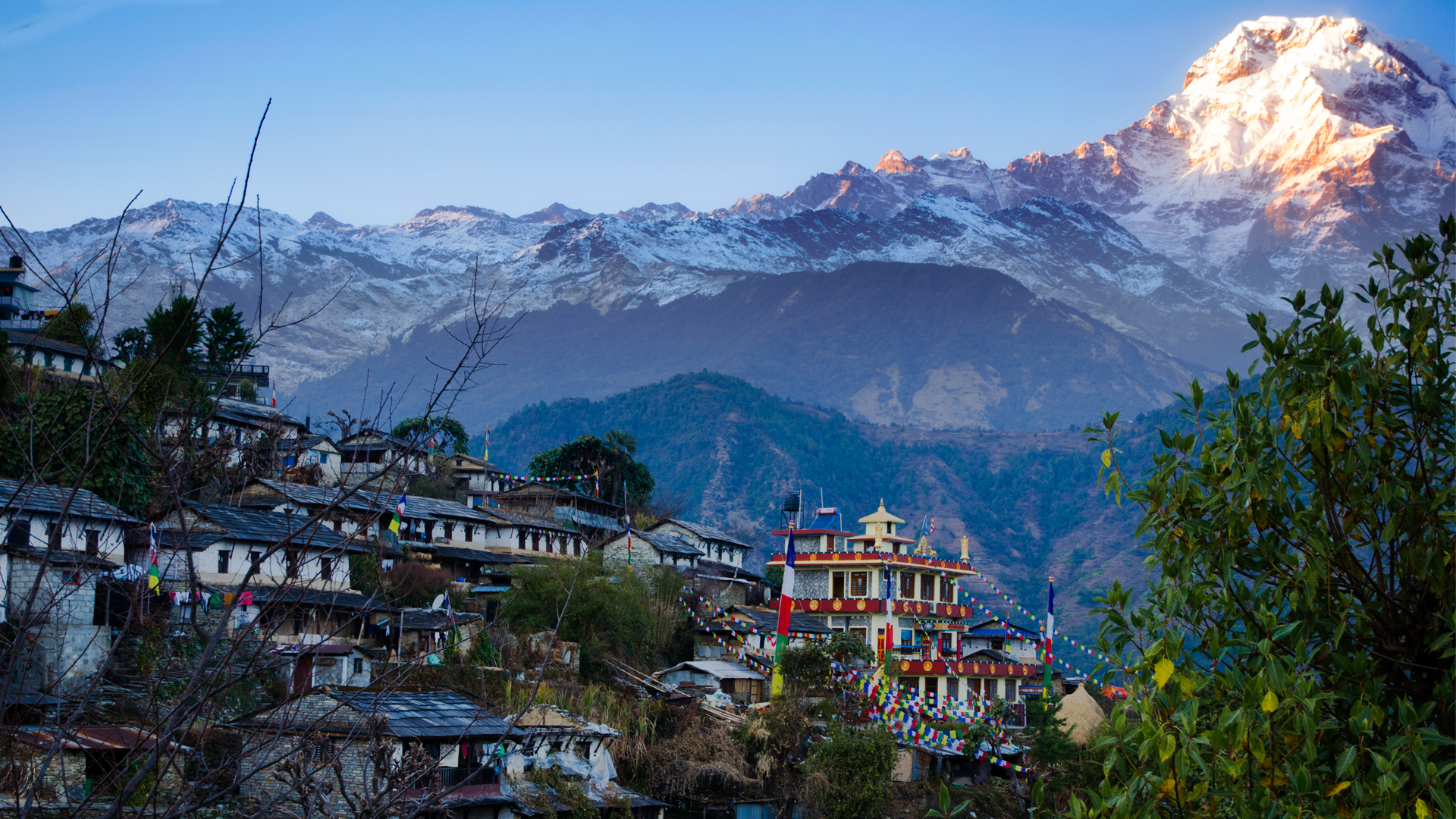
Adventure , Family , Hill Station , Luxury , Wildlife
Departure : AHMEDABAD
Tour Highlights
- Arrival & Departure transfers with our Representative
- All meals in Chitwan
- Hotel Luxury Taxes
- Land transportation Kathmandu - Pokhara - Chitwan - Kathmandu by AC Vehicle
Day Wise Itinerary
DAY 1: Kathmandu
Arrive Kathmandu. On arrival at Tribhuvan International Airport Kathmandu, you will be met and greeted and transferred to hotel.Welcome to an ancient Himalayan Country that offers a fascinating culture, incredible scenery, very warm and friendly people, great trekking opportunities, and a whole lot more. With the exception of congested Kathmandu, Nepal have charming, laid back cities and towns, along with picturesque wildlife parks that are home to many endangered species. The unfortunate picture (of the effects of the 2015 earthquake) painted by the media, like much of what they do, is severely exaggerated. For example, the three ancient temples, all UNESCO World Heritage sites, in Kathmandu received very little, or no, damage. The three Durbar Square’s (all of which are also UNESCO World Heritage Sites) in the queen cities of the Kathmandu Valley did receive heavy damage, but most of their monuments are still standing and still provide wonderful insights into the l cal culture.
Kathmandu City: Kathmandu, the capital city of Nepal, is one of the world’s oldest cities. It is also known as Kantipur. Here one can find distinctive pagoda-roofed temples, stone sculptures, and old monasteries and histories monuments. Here you will visit the temple of the Living Goddess, who acknowledges the greetings of devotees from the balcony of here temple residence Kasthamandap – the source of the name Kathmandu and supposed to be made from the timber of a single tree and Durbar Square are with its array of temples overlooked by the Hanuman Dhoka Palace, the ancient place of the former Nepalese Royalty.
Kathmandu Durbar Square: This complex of palaces, courtyards and temples, built between 12th and 18th Centuries, used to be the seat of ancient Malla Kings of Kathmandu. It is the place where kings of Nepal are crowned and their coronations solemnized. An intriguing piece here is the 17th century stone inscription set into the wall of the palace with writings in 15 languages. Kumari Temple: Kumari temple is the residence of the Living Goddess. Kumari, known as Virgin Goddess has got some specialties, she must be chosen from a typical Newari cast with no body marks & injuries & will be replaced by another Kumari after puberty. Kasthamandap: Kasthamandap is believed to be constructed from the wood of a single tree in the sixteenth century situated near to the Kumari Temple. The name Kathmandu was named after this
Swoyambhunath: The four seeing eyes of Swoyambhunath Stupa watch over the valley from the top of 77-m high hillock on western side. This most glorious Stupa in the world, is one of the holiest Buddhist sites in Nepal and its establishment is linked to the creation of Kathmandu valley out of a primordial lake. The surroundings of the Swoyambhunath are covered with small Chaityas & monasteries as well as some Hindu temples. The National Museum and the Museum of Natural History are situated at the foot of the hill. Overnight stay at hotel in Kathmandu.
Dinner
DAY 2: Kathmandu
Early morning, enjoy Mount Everest Scenic Flight Tour of one hour (optional at your own cost) Today enjoy a tour of Pashupatinath, Boudhanath, Patan Durbar Square
Pashupatinath Temple: Pashupatinath is the holiest Hindu pilgrimage destination in Nepal. There are linga images of Shiva along with statues, shrines, and temples dedicated to other deities in the complex. A temple dedicated to Shiva existed at this site in AD 879. However, the present temple was built by King Bhupatindra Malla in 1697. A gold-plated roof, silver doors, and woodcarvings of the finest quality decorate the pagoda construction. Guheswari Temple, restored in AD 1653, represents the female "force". It is dedicated to Satidevi, Shiva's first wife, who gave up her life in the flames of her father's fire ritual.A circuit of the Pashupatinath area takes visitors past a sixth-century statue of the Buddha, an eighth-century statue of Brahma the creator and numerous other temples. Some other places to visit are Rajrajeswari Temple, built in 1407, Kailas with lingas more than 1,400 years old, Gorakhnath temple, and the courtyard of Biswarup. There are rows of Shiva shrines and Hindu pilgrims from all over South Asia offering puja worship to Shiva, tile Lord of Destruction.The Bagmati River flows close by and the Arya Ghat cremation grounds are here. We strongly advise photographers not to take photos of cremations and of bereaved families. Sadhus, sages who follow the lifestyle of Shiva, may be seen covered in ashes and loin- cloths. They ask for money in case you want to take their photos. The main Pashupatinath courtyard may be entered by those of Hindu faith only.
Boudhanath Stupa: Boudhanath is among the largest stupas in South Asia, and it has become the focal point of Tibetan Buddhism in Nepal. The white mound looms thirty-six meters overhead. The stupa is located on the ancient trade route to Tibet, and Tibetan merchants rested and offered prayers here for many centuries. When refugees entered Nepal from Tibet in the 1950s, many of them decided to live around Boudhanath. They established many Gompas, and the "Little Tibet" of Nepal was born. This "Little Tibet" is still the best place in the Valley to observe Tibetan lifestyle. Monks walk about in maroon robes. Tibetans walk with prayer wheels in their hands, and the rituals of prostration are presented to the Buddha as worshippers circumambulate the stupa on their hands and knees, bowing down to their lord.Many people believe that Boudhanath was constructed in the fifth century, but definite proof is lacking. The stupa is said to entomb the remains of a Kasyap sage who is venerable both to Buddhists and Hindus. One legend has it that a woman requested a Valley king for the donation of ground required to build a stupa. She said she needed land covered by one buffalo's skin and her wish was granted by the King. She cut a buffalo skin into thin strips and circled off a fairly large clearing. The king had no choice but to give her the land.The Boudhanath area is a visual feast. Colorful thangkas, Tibetan jewelry, hand-woven carpets, masks, and khukuri knives are sold in the surrounding stalls. Smaller stupas are located at the base. Gompas monasteries, curio shops, and restaurants surround Boudhanath. Conveniently situated restaurants with roof-top patios provide good food and excellent views of Boudhanath.
Patan city(At Additional cost): Located about 5 km south of Kathmandu, Patan is one of three royal cities in the valley. A destination for connoisseurs of fine arts, Patan is filled with wood and stone carvings, metal statues, ornate architecture, including dozens of Buddhist and Hindu temples, and over 1200 monuments. Patan is believed to have been built in the third century B.C. by the Kirat dynasty later expanded and enriched by the Licchavi and the Malla rulers in the medieval period. Patan Durbar Square, like its counterpart in Kathmandu, is an enchanting mélange of palace buildings, artistic courtyards and graceful pagoda temples. The former Royal palace complex is the centre of Patan’s religious and social life, and houses a beautiful museum. One remarkable monument here is 16th century temples dedicated to the Hindu go Krishna, built entirely of stone Overnight stay at hotel in Kathmandu.
Breakfast
Dinner
DAY 3: Kathmandu - Chitwan - ( 175 KMS )
Kathmandu - Chitwan National Park (Approx. 159 Kms / 6 hrs drive) Drive to Chitwan National Park. Arrive and check into the hotel.
Chitwan National Park is a large and beautiful nature reserve occupying 932 sq. km. of land inhabitant of endangered royal Bengal tiger and the one-horned Indian rhino. Chitwan National Park was protected since the 19th century as a hunting reserve for Nepali royals and foreign aristocrats. There are more than 50 species of mammals in Chitwan including monkeys, tigers, leopards, sloth bears, wild boar, hyenas, deer, elephants and rhinos. There are also 450 different species of birds and 67 species of butterflies. The main attraction of Chitwan is the Elephant Safari. It is a unique experience to explore the jungle on the back of a trained elephant. While you are not likely to see the Bengal tiger, you should be able to see the Indian rhino and enjoy one of the nicest nature reserves of the Indian sub- continent.Later in the evening visit Elephant Breeding Centre, or part of one of the programs arranged by the lodge. Evening enjoy a local Tharu Cultural Dance Show.Overnight stay at resort/ lodge in Chitwan.
Breakfast
Lunch
Dinner
DAY 4: Chitwan
This morning experience an exciting safari at the jungle in southern Nepal, where we ride on elephant back in search of one horned rhino and many other wild animals. Later in the afternoon you will take a canoe ride along Rapti River. This is an excellent opportunity for bird watching and you might even see two rare species of crocodile: the Marsh Mugger and the Gharial Crocodile.Overnight stay at resort/ lodgein Chitwan.
Breakfast
Lunch
Dinner
DAY 5: Chitwan - Kathmandu
Chitwan National Park - Kathmandu (Approx. 159 Kms / 6 hrs drive) Drive to Kathmandu. Arrive and check into the hotel.
On arrival at Kathmandu, proceed for sightseeing tour of Bhaktapur Durbar Square.
Bhaktapur city: Also known as, city of devotees, Bhaktapur is the home of medieval art and architecture. Lying 14 kilometers/9 miles east of Kathmandu City, this place was founded in the 9th Century and is shaped like a conch shell. The city is at the height of 4,600 ft. above sea level. In Bhadgaon, you will visit the Durbar Square with the Palace of 55 windows built by King Bhupatindra Malla. The famous five-storied Nyatapol temple on the terraces of which stands a pair of figures - two goddesses, two strong men, two elephants, two lions and two griffins is the tallest temple in the valley and was built by King Bhupatindra Malla. It is one of the best examples of Pagoda styled temples.Overnight stay at hotel in Kathmandu
Breakfast
Dinner
DAY 6: Kathmandu - Airport
This morning after your breakfast at the hotel, you will be transferred to Tribhuvan International Airport Kathmandu to board your flight back home.
Tour Inclusions
- Arrival & departure transfers with our Representative.
- Land transportation Kathmandu - Pokhara - Chitwan - Kathmandu by AC Vehicle
Tour Exclusions
- Air fare
- 5 % GST Extra
- All items of personal nature , optional tours, laundry & telephones
- Entrance fees at the places of visit during sightseeing
- Service tax as applicable Air fare
- Services other than specified.
- Entrance fee at the monumental sites during the sightseeing
- Guide during the sightseeing
- Any expenses of personal nature such as drinks, laundry, telephone/fax calls.
- Any expenses caused by reasons beyond our control such as flight delays, rescheduling or cancellations, any accidents, medical evacuations, riots, strikes, etc.
- Any tips to drivers, hotel staff, any meals apart from the ones mentioned above.
- Any other tax or service charge that could be enforced during this period will be extra & need to borne by you.
Map

Sightseeing
Chitwan National Park, Nepal
- Chitwan National Park
Kathmandu, Nepal
- Pashupatinath Temple
- Boudhanath Stupa
- Kathmandu Durbar Square
- Swayambhunath Stupa (Monkey Temple)




